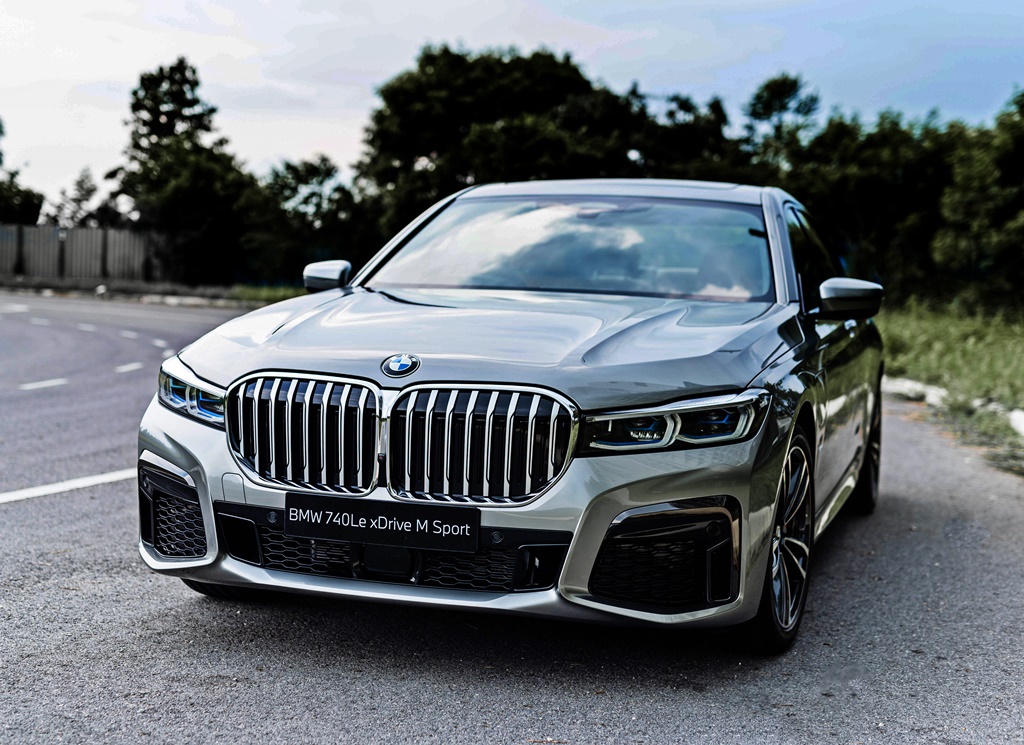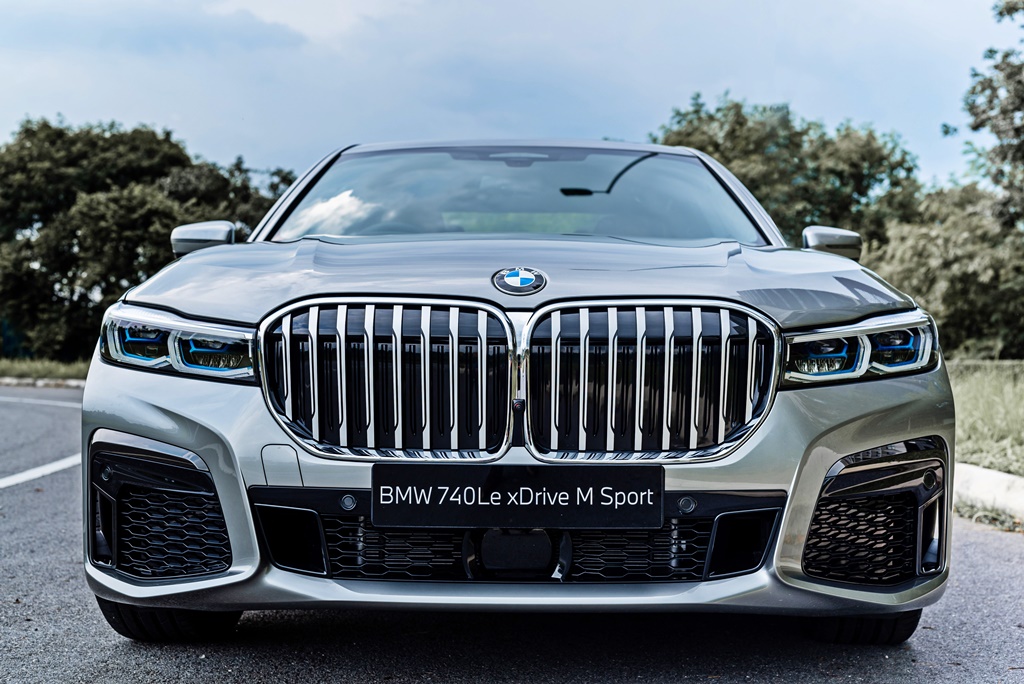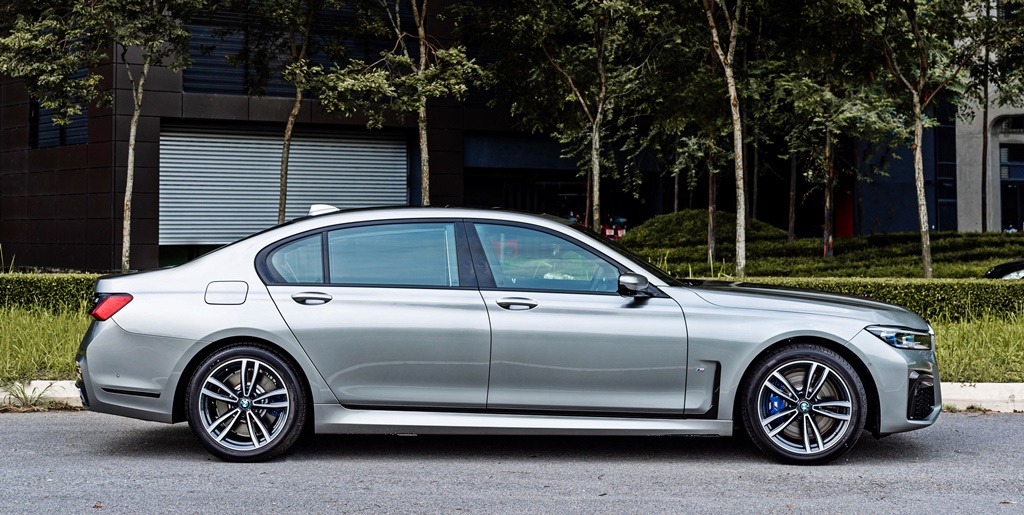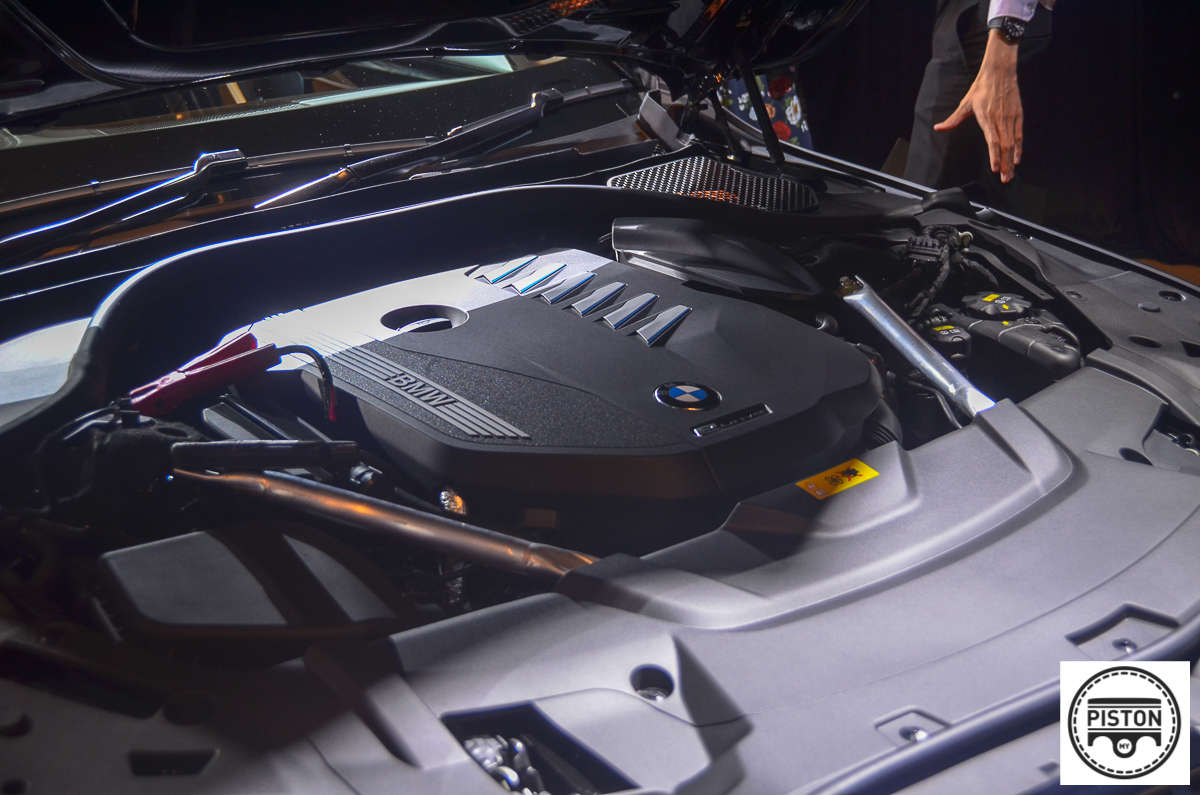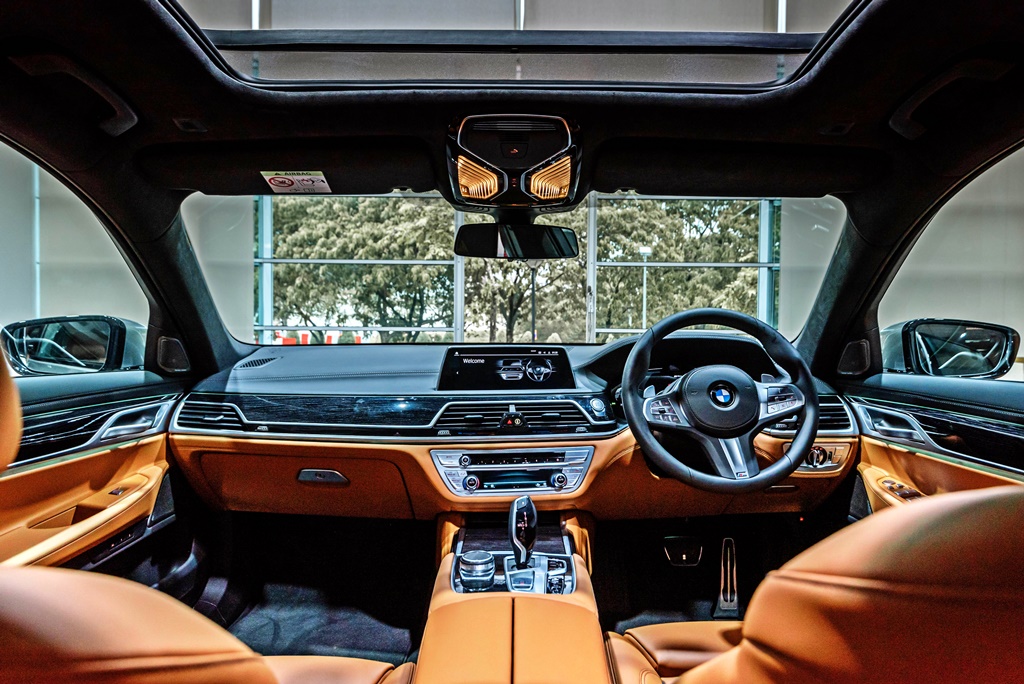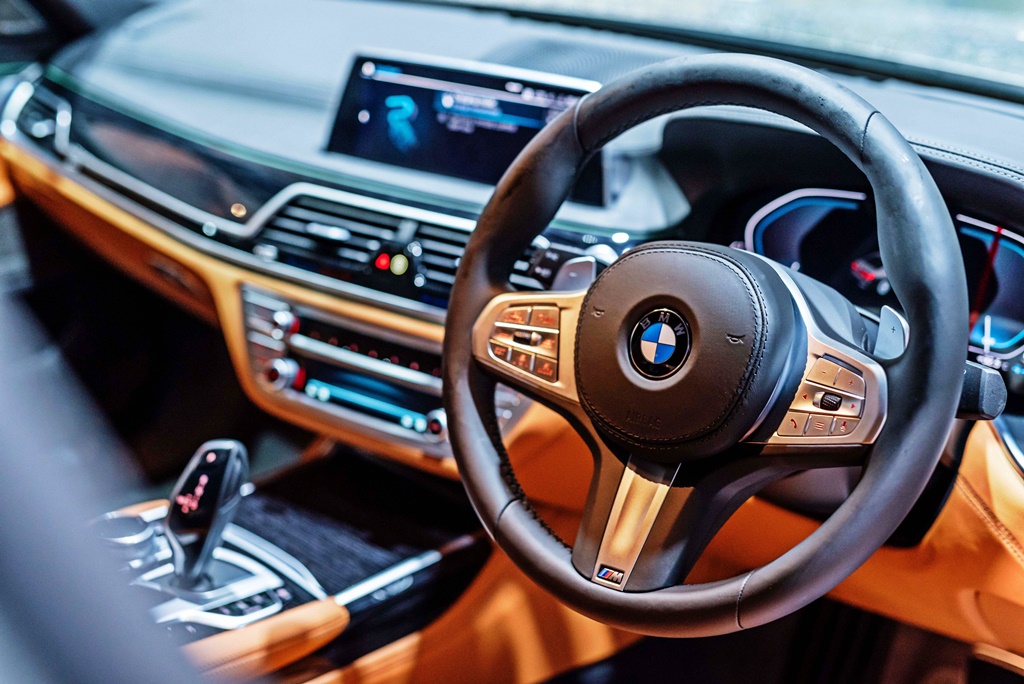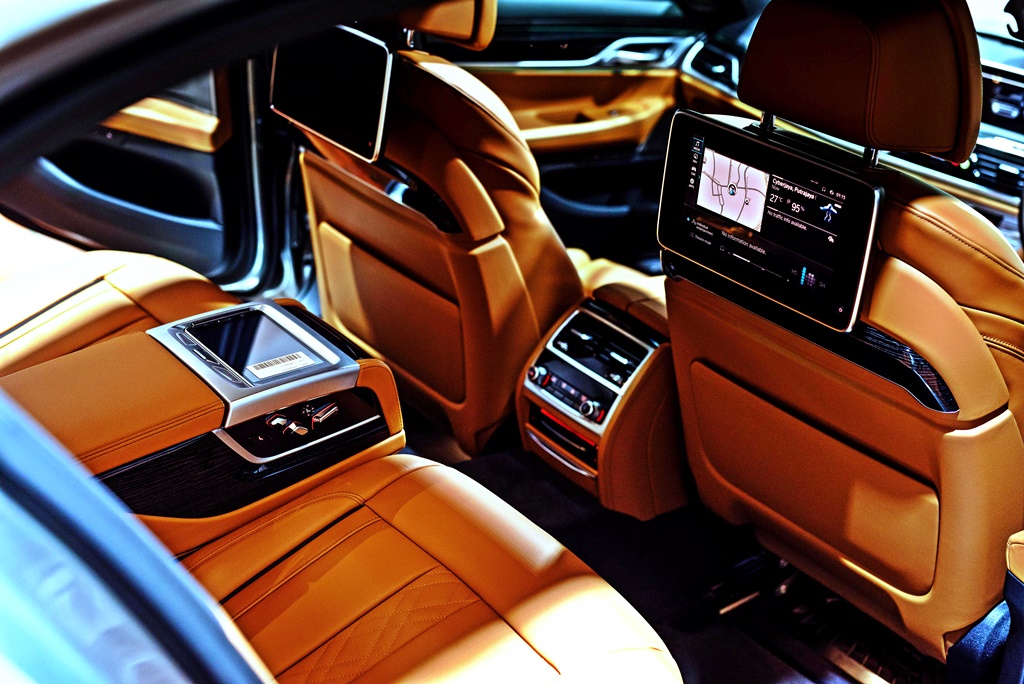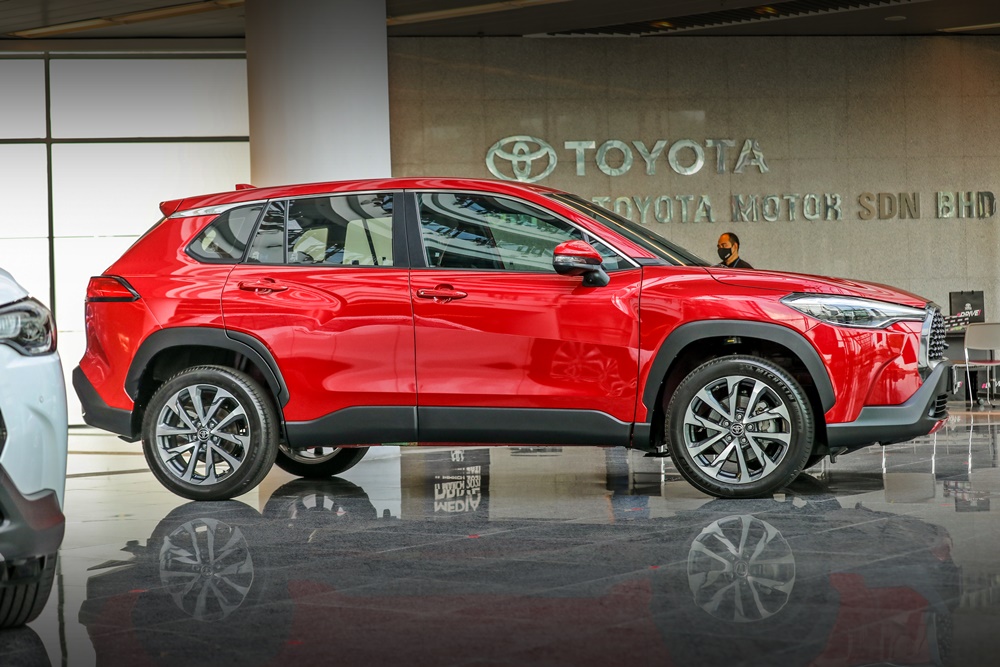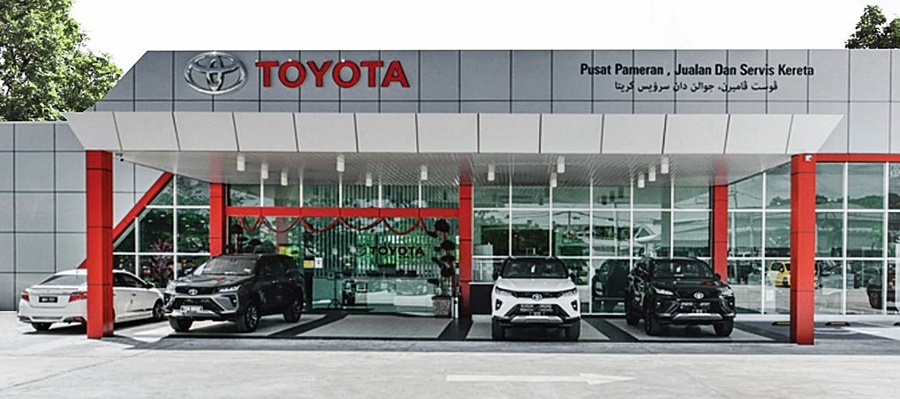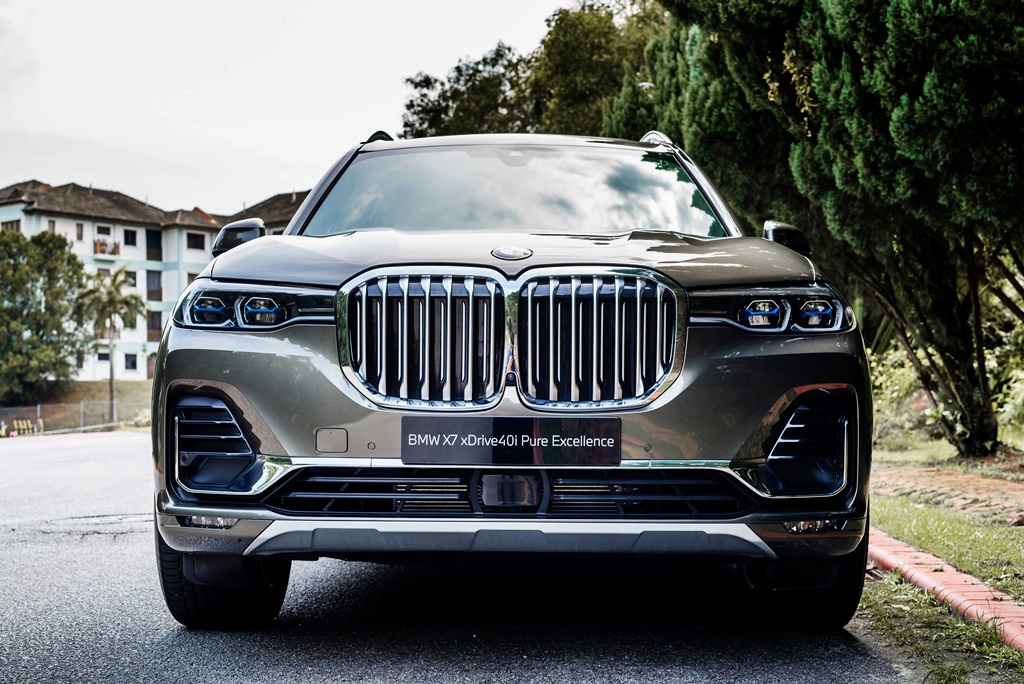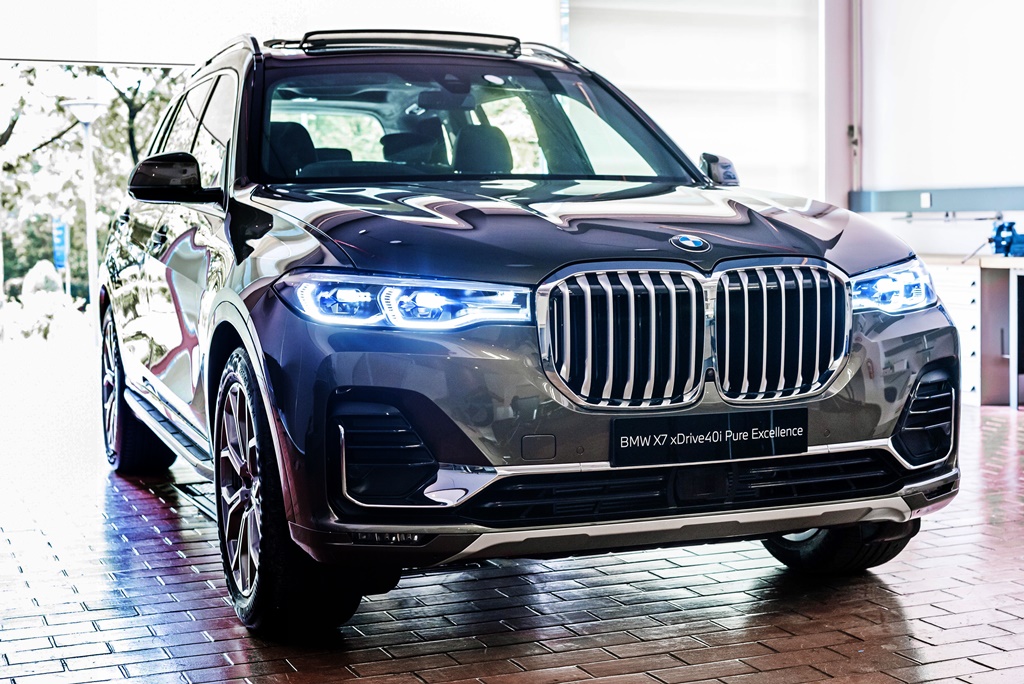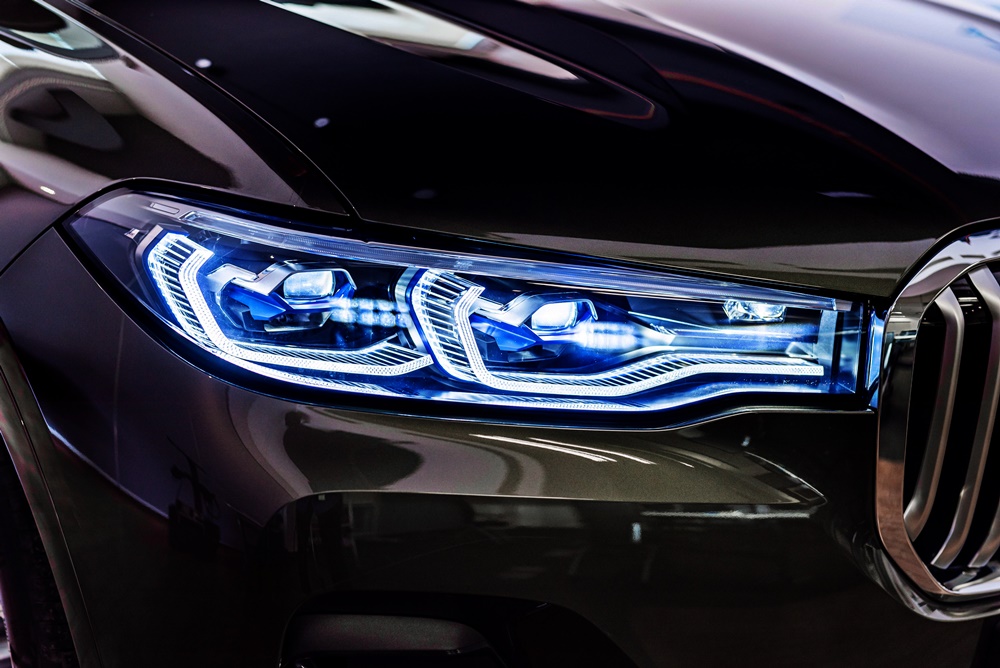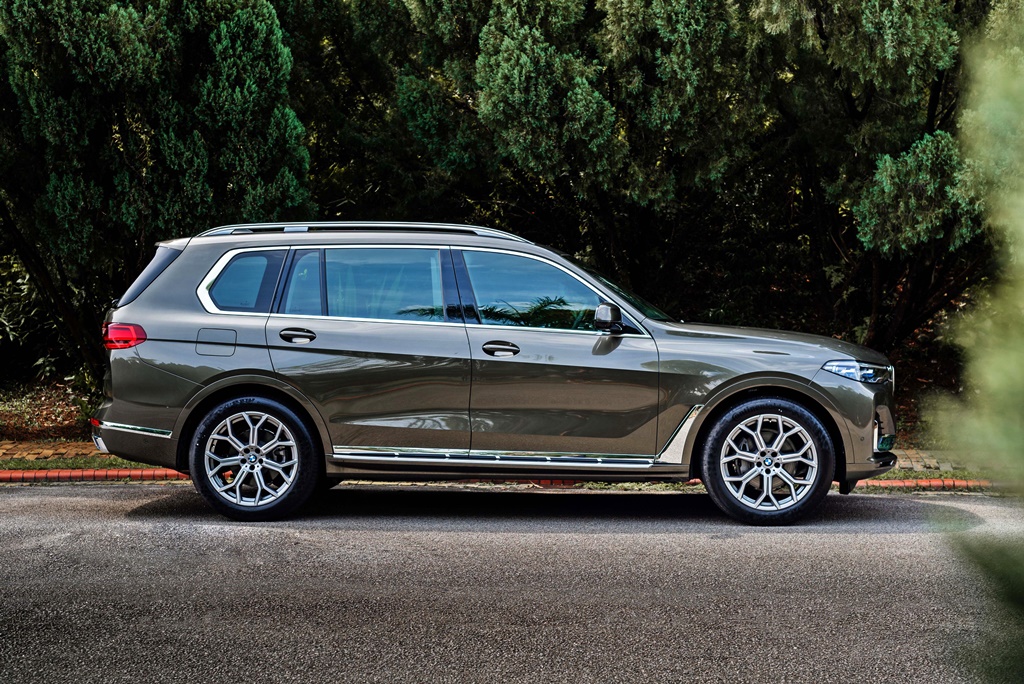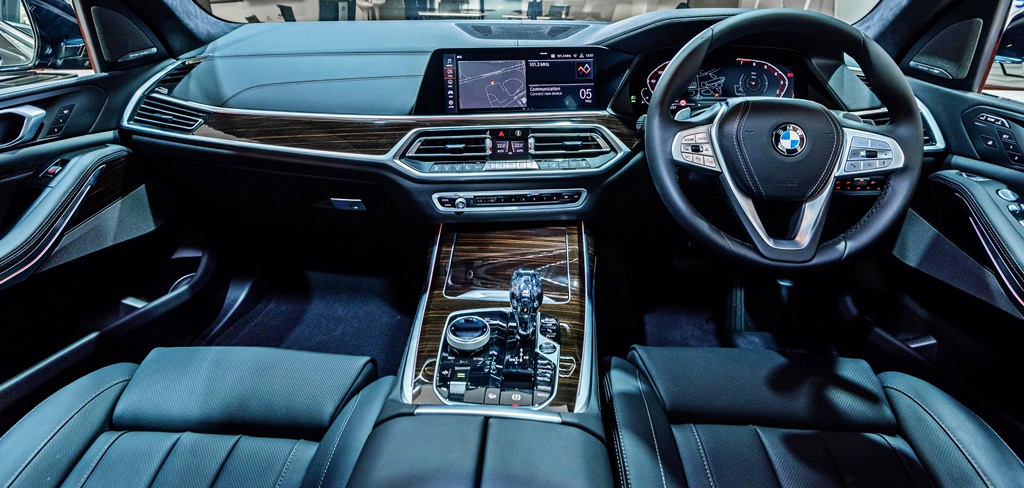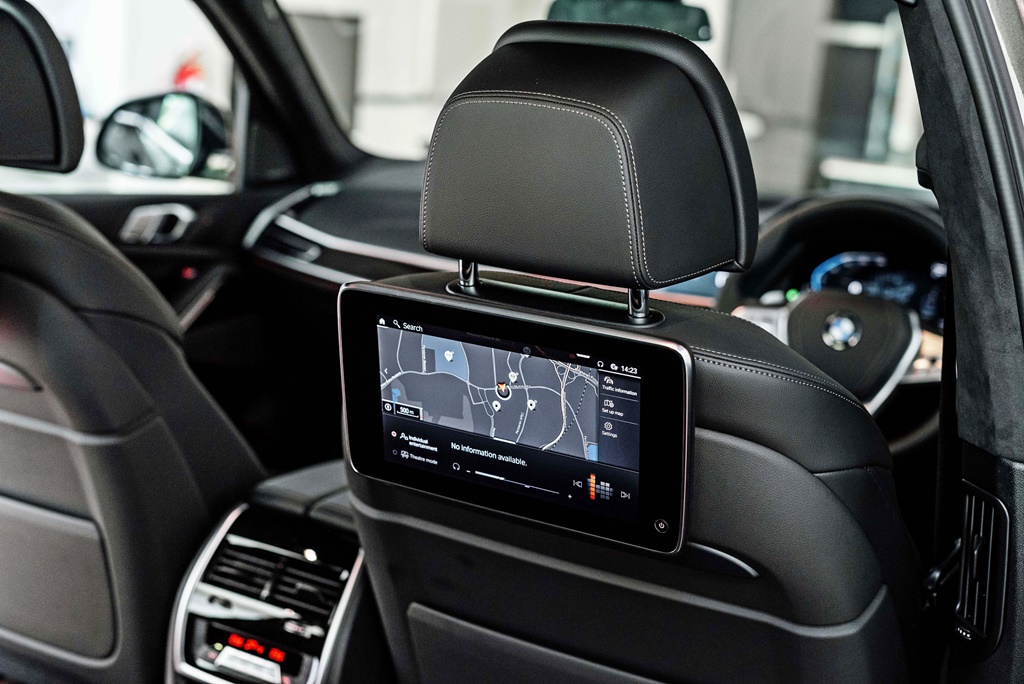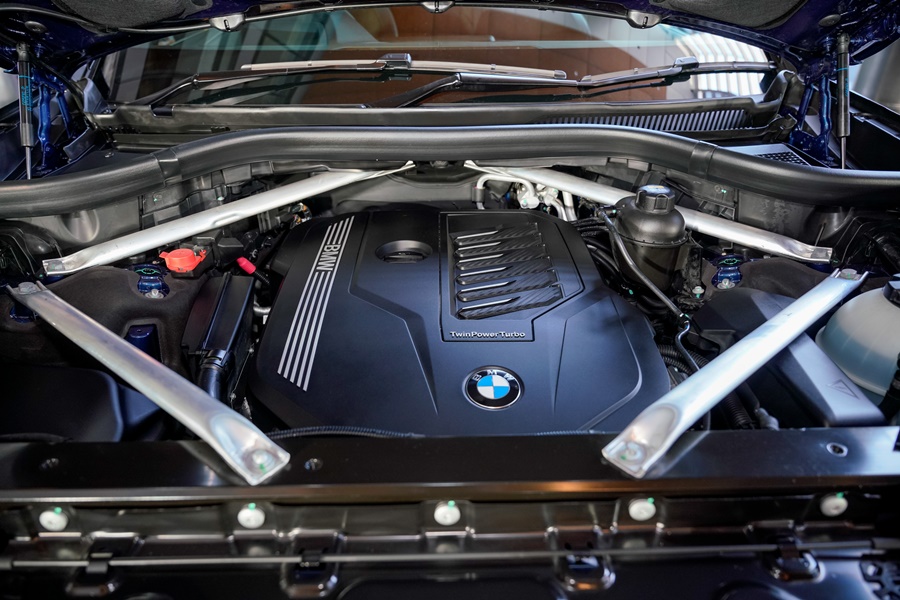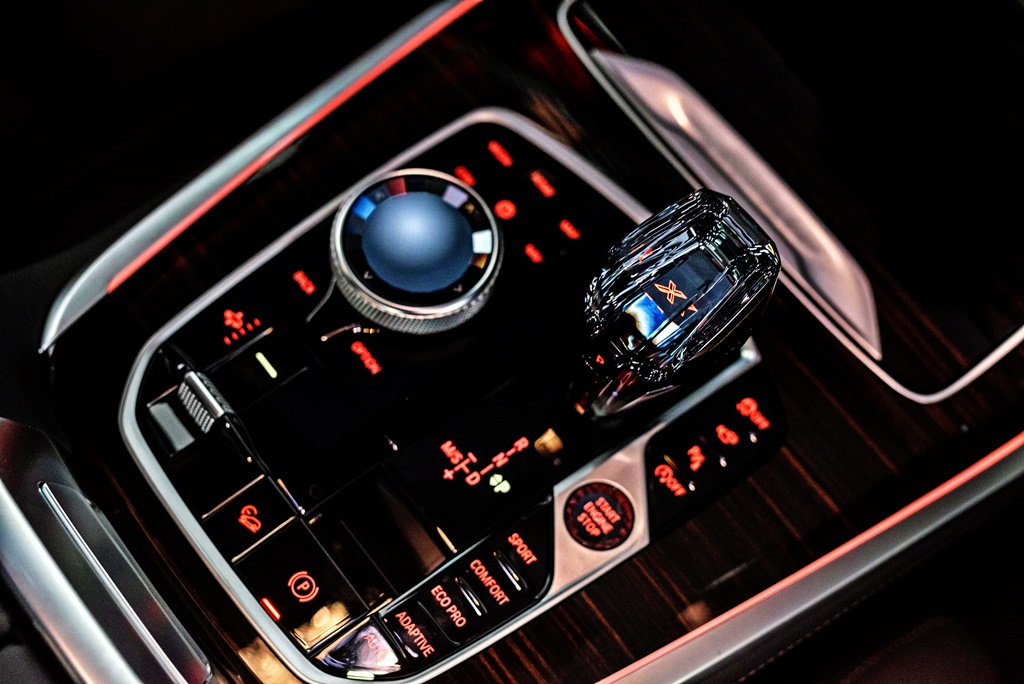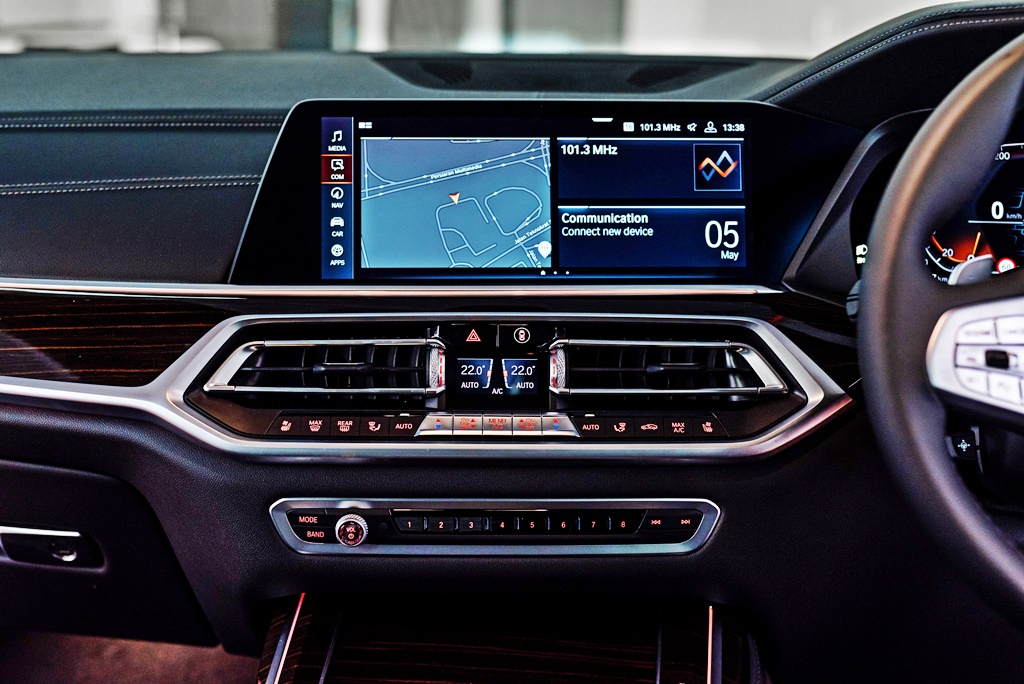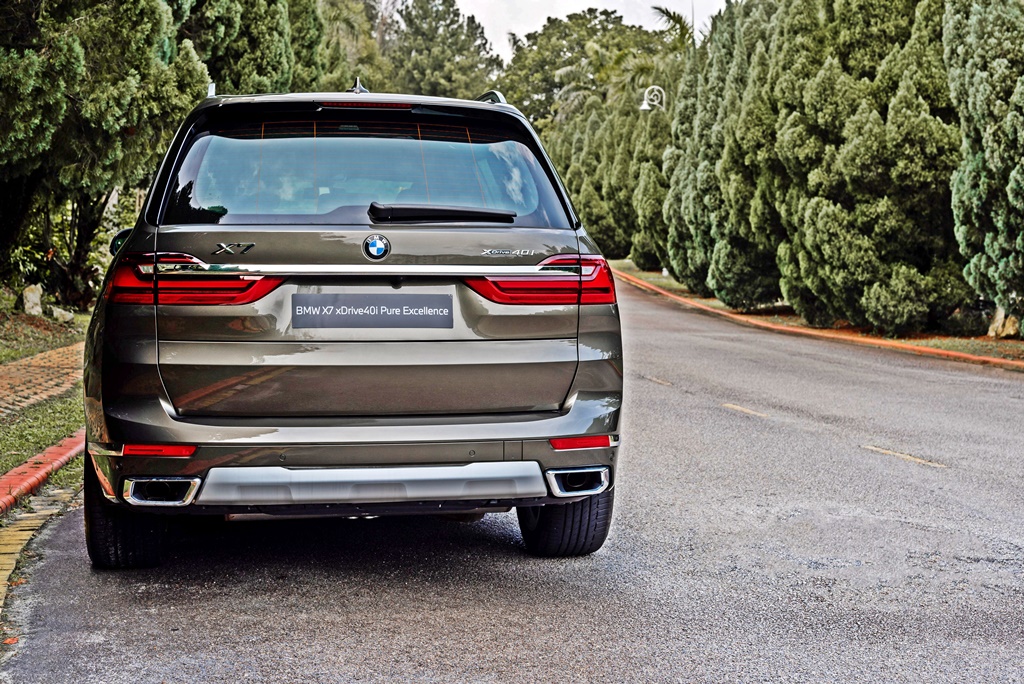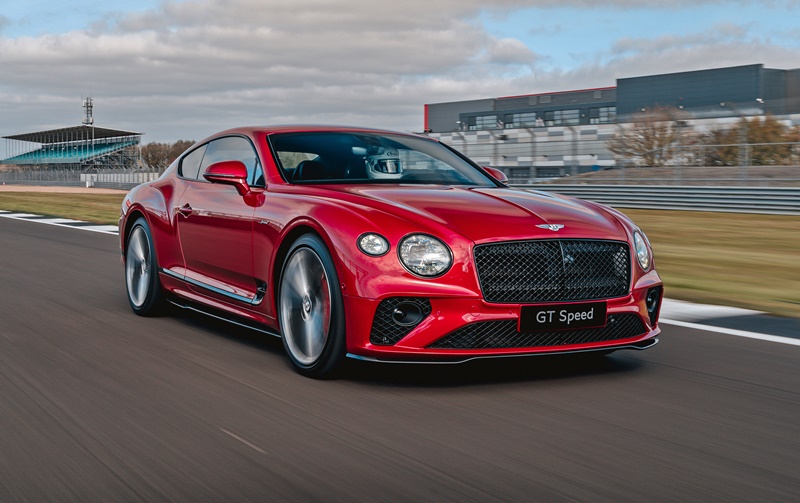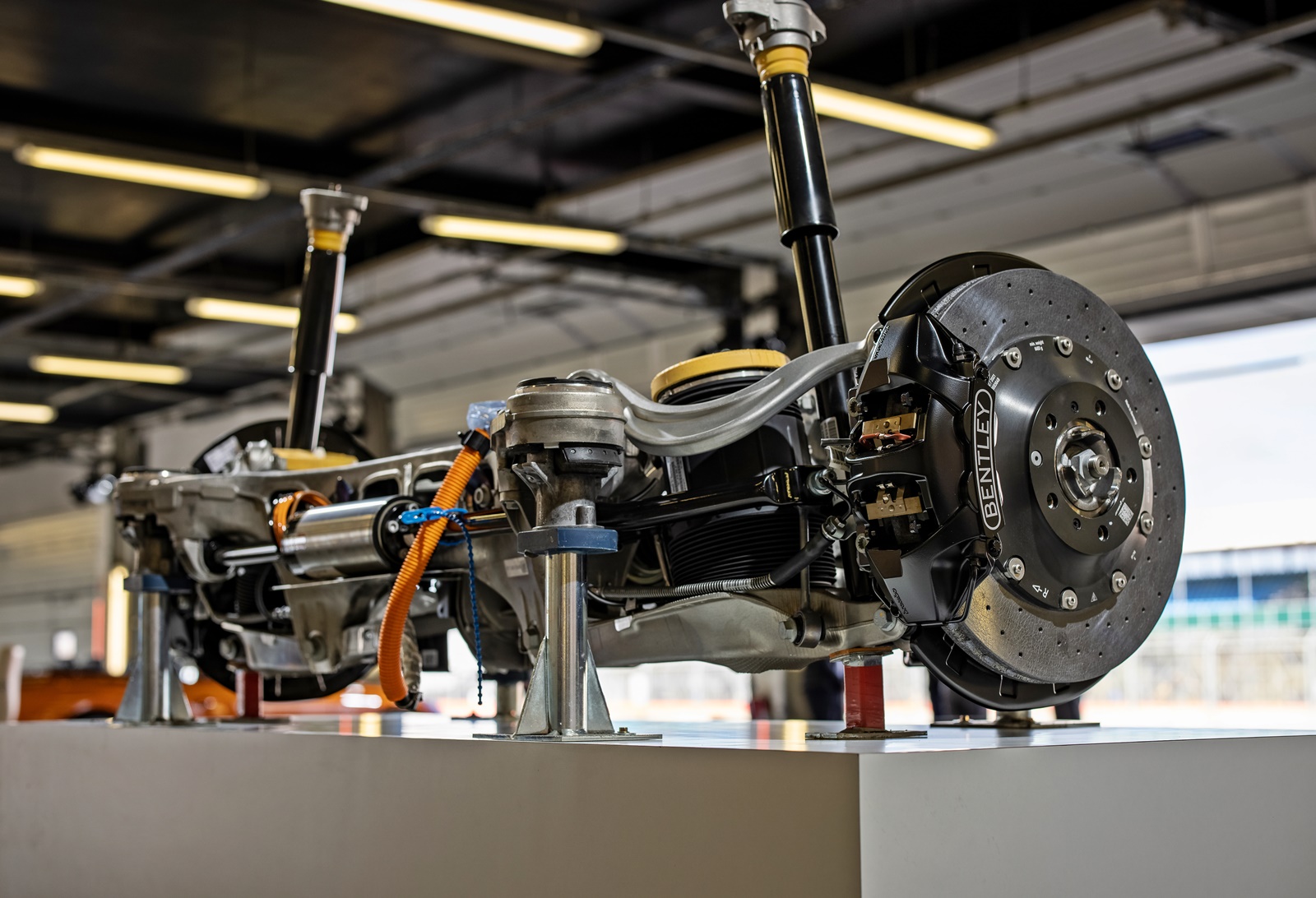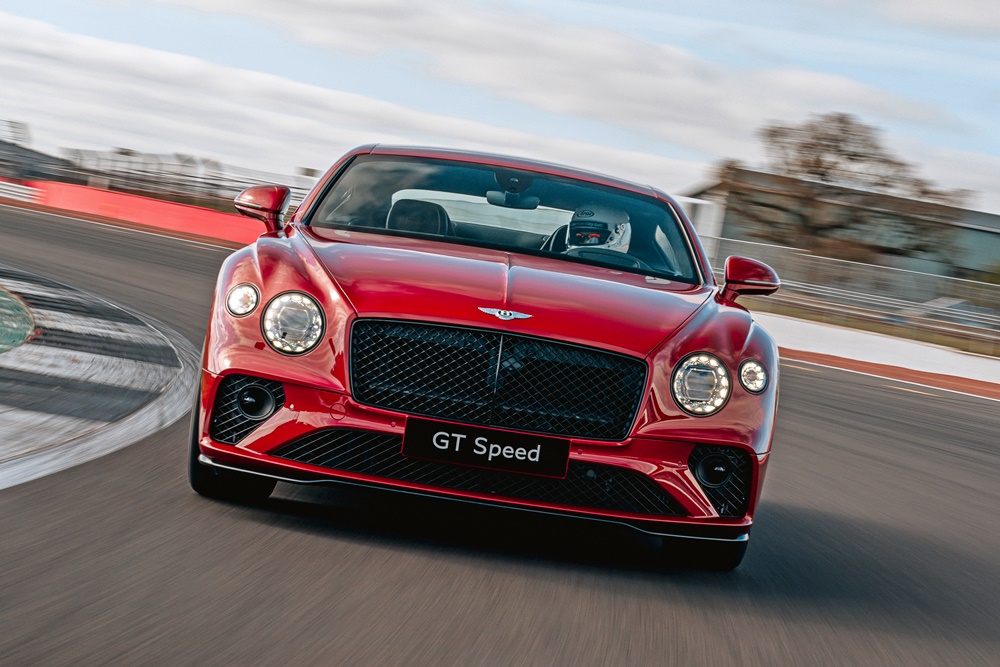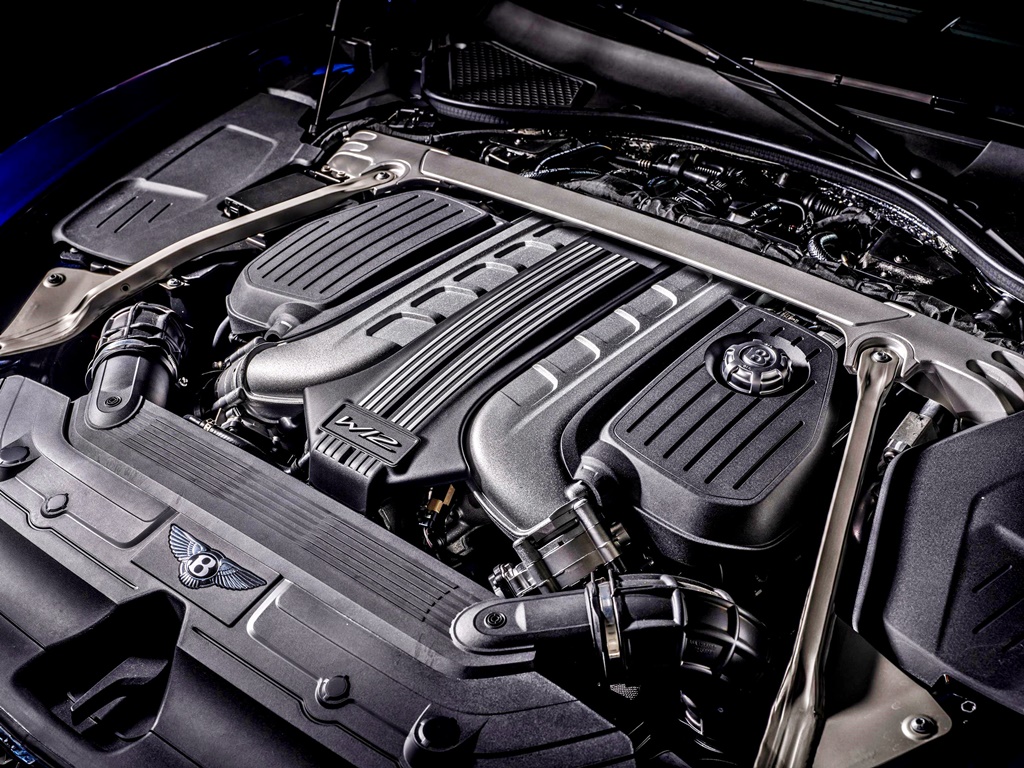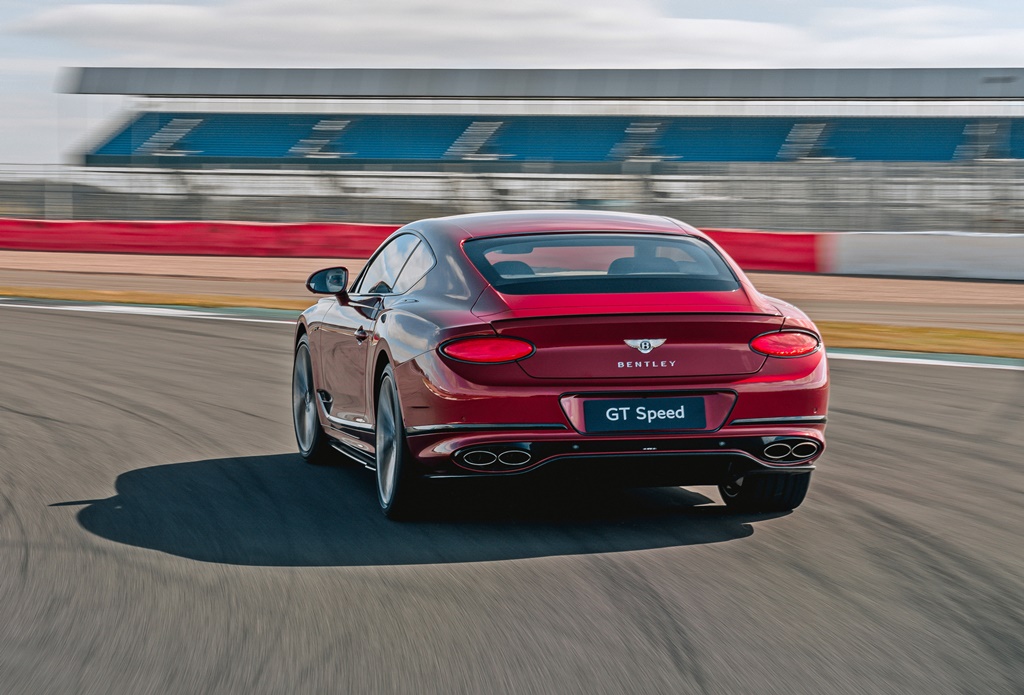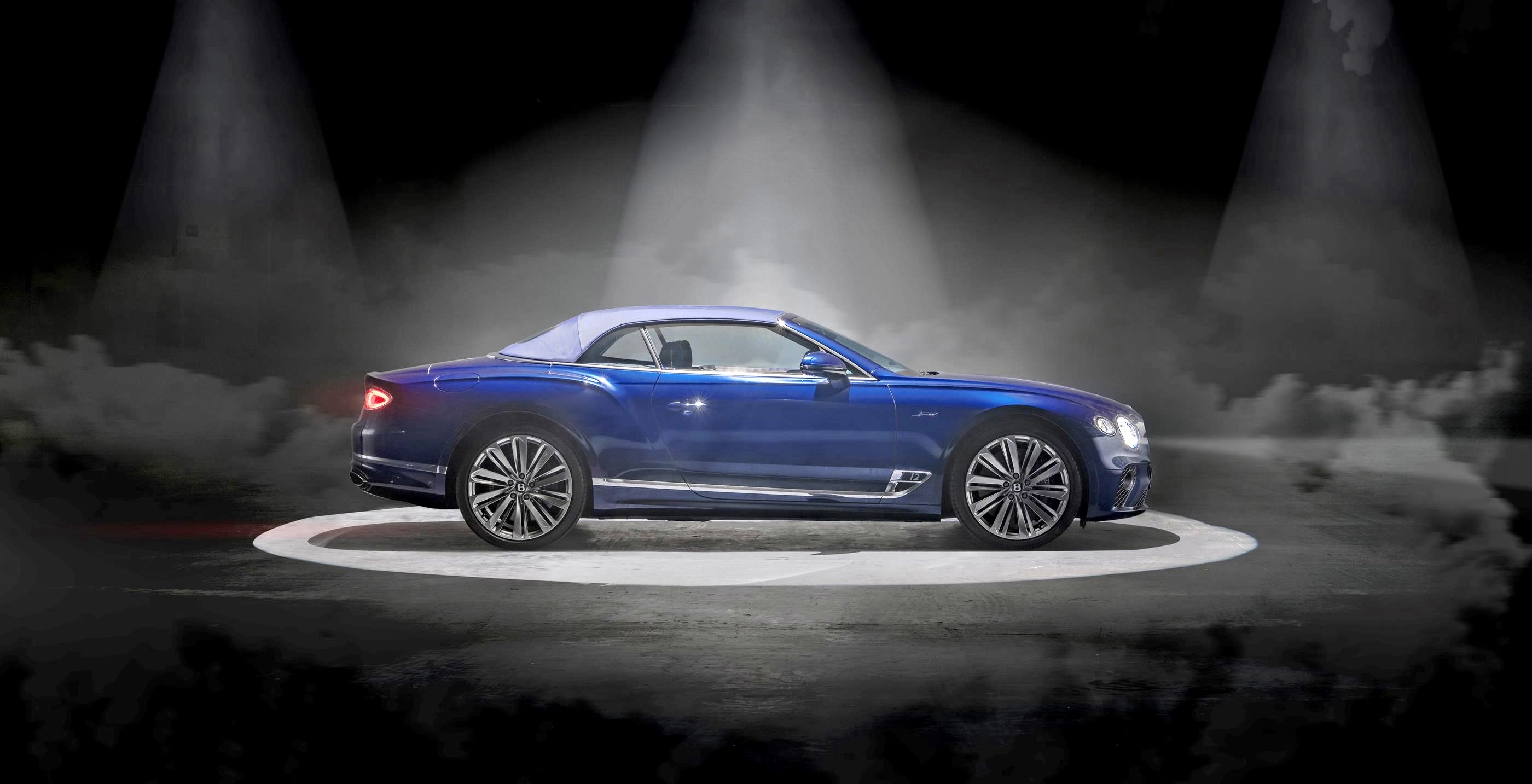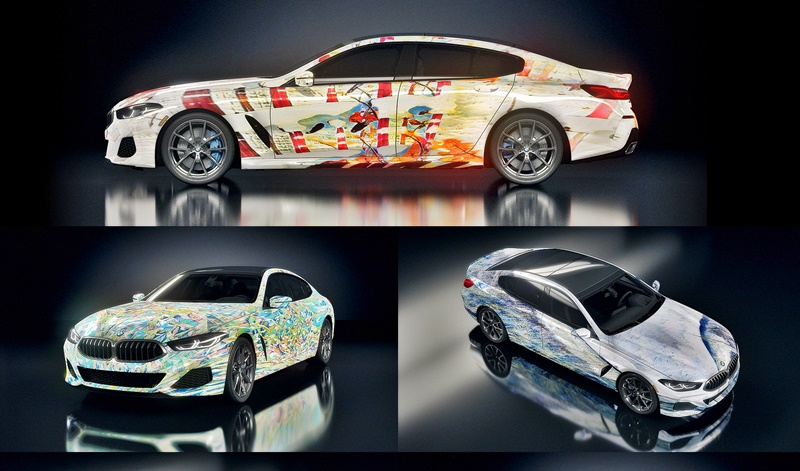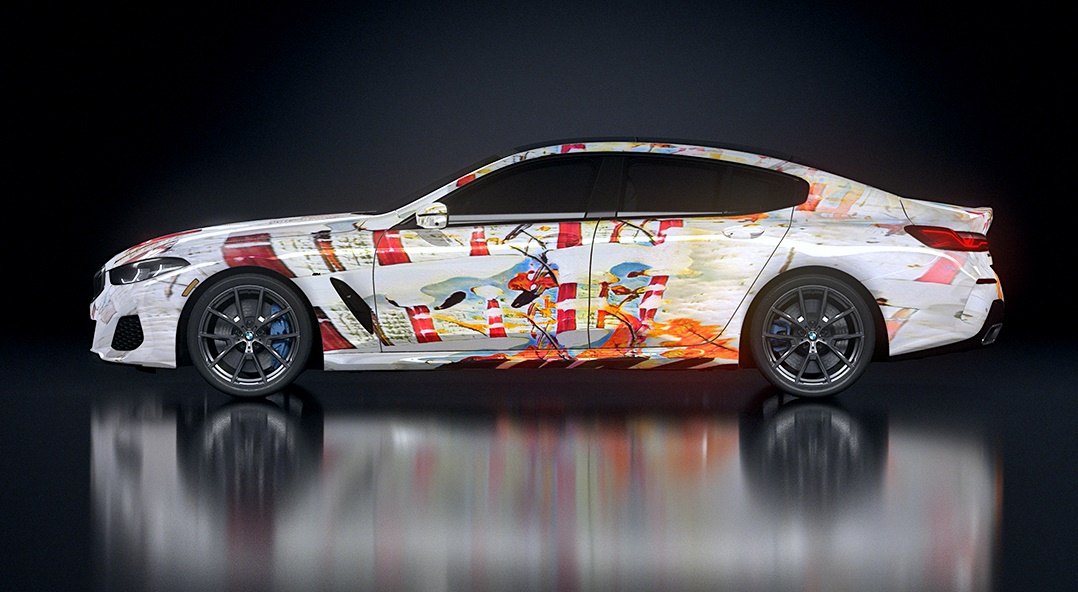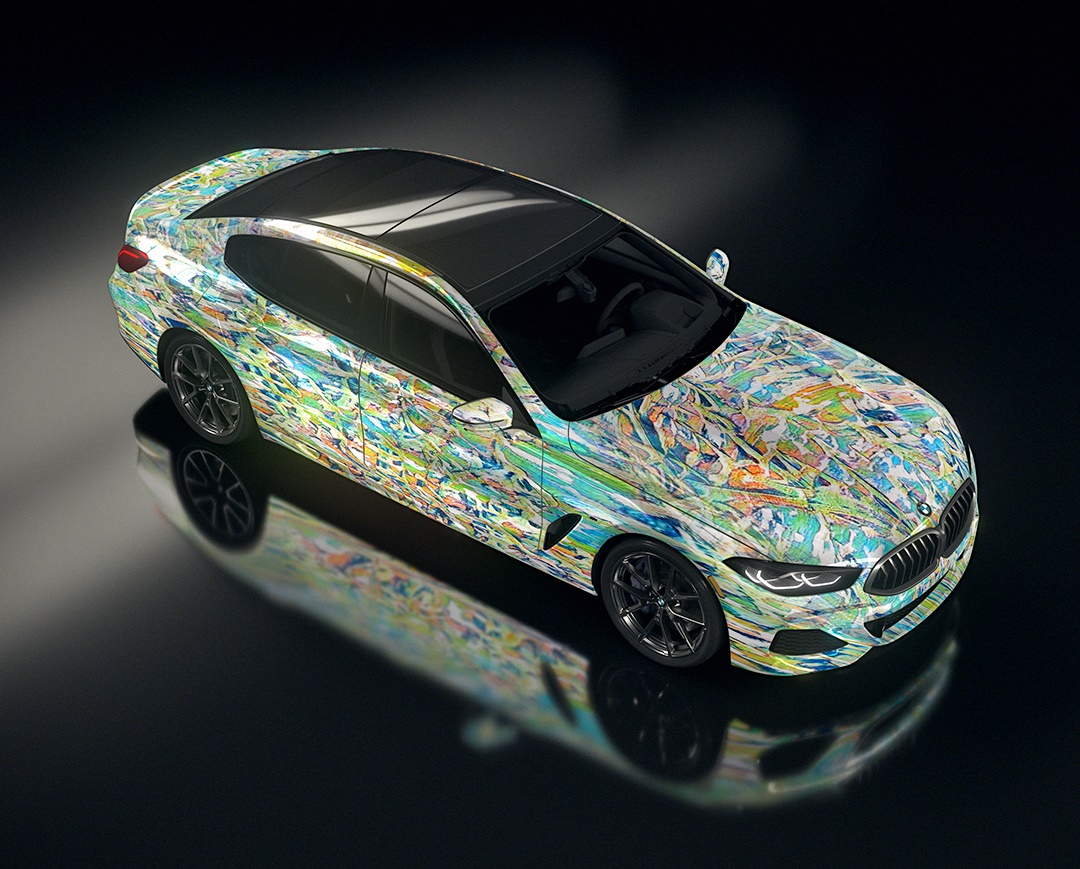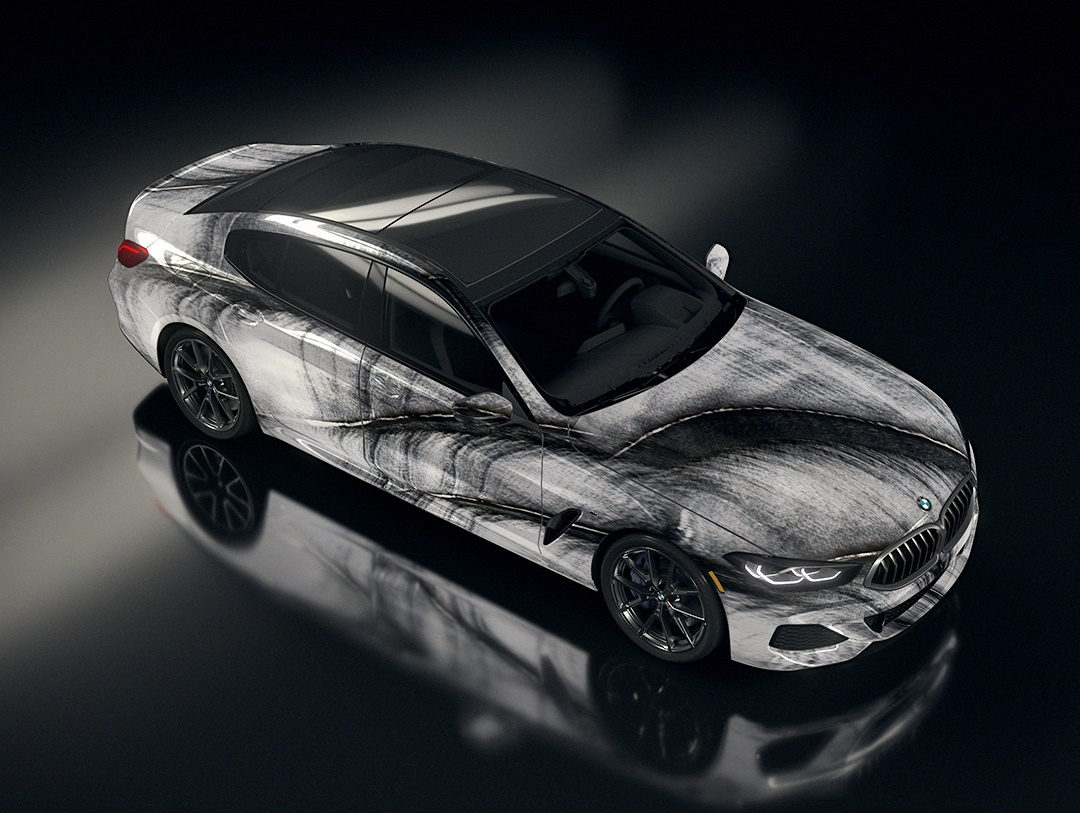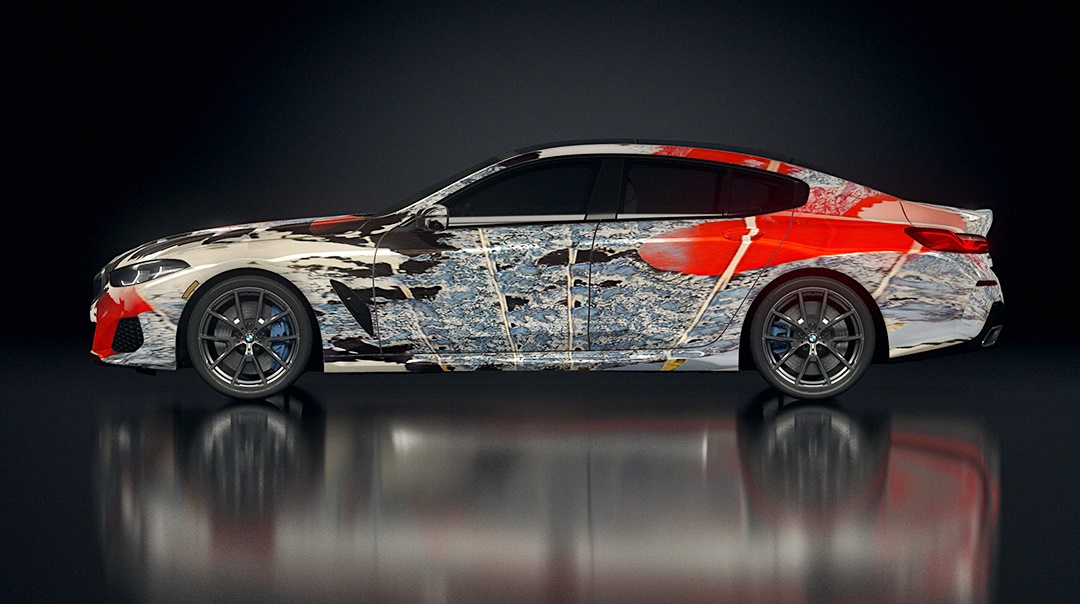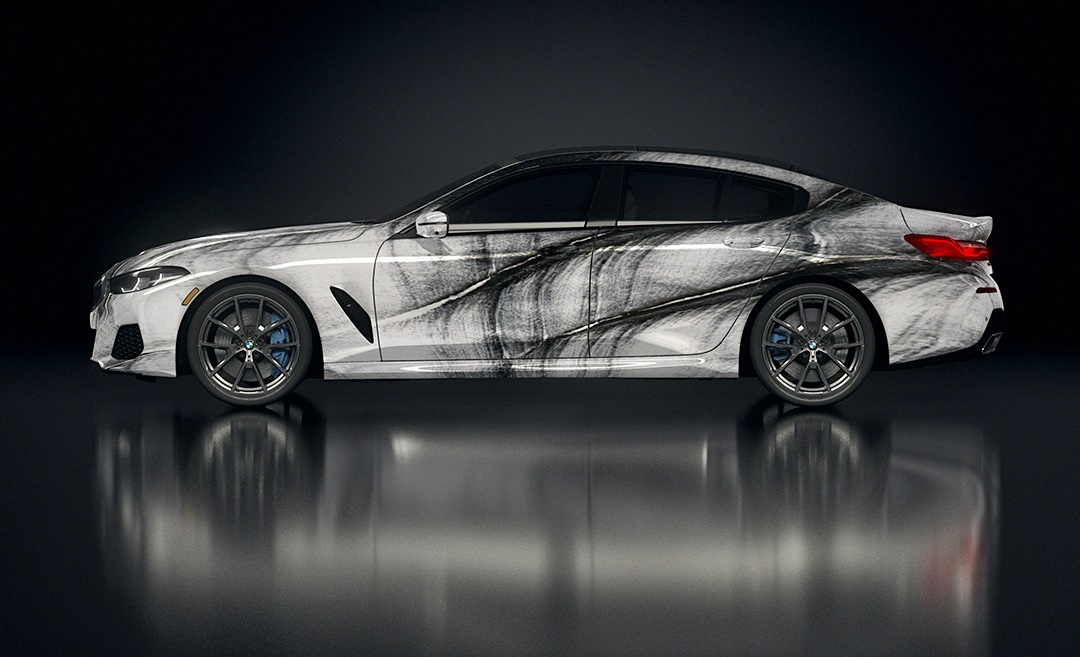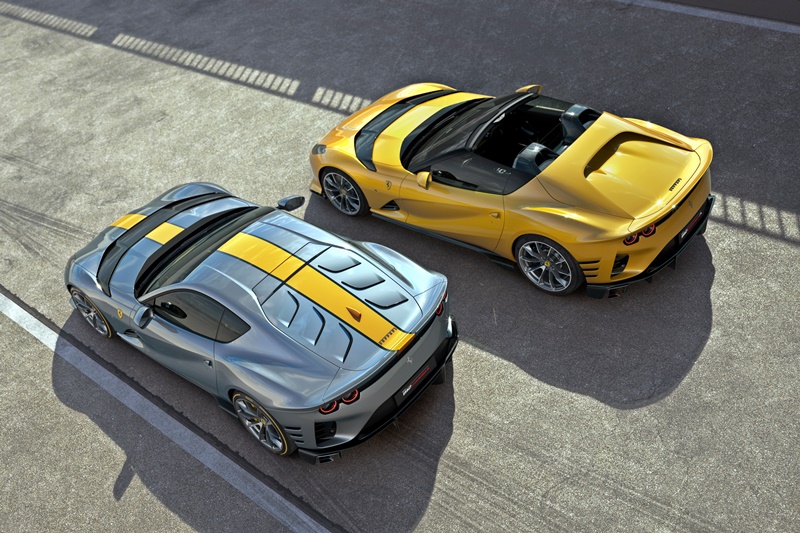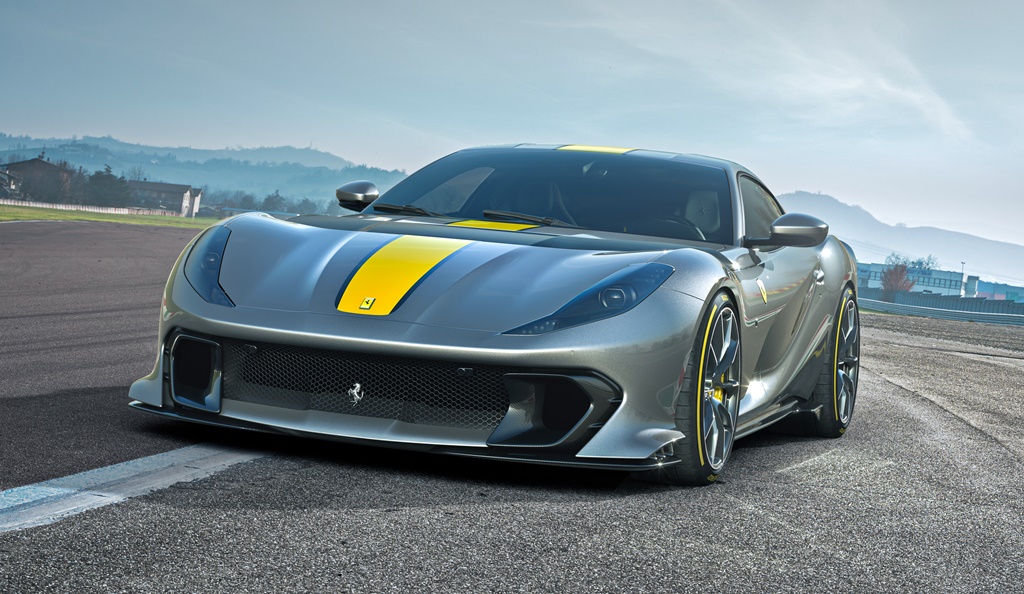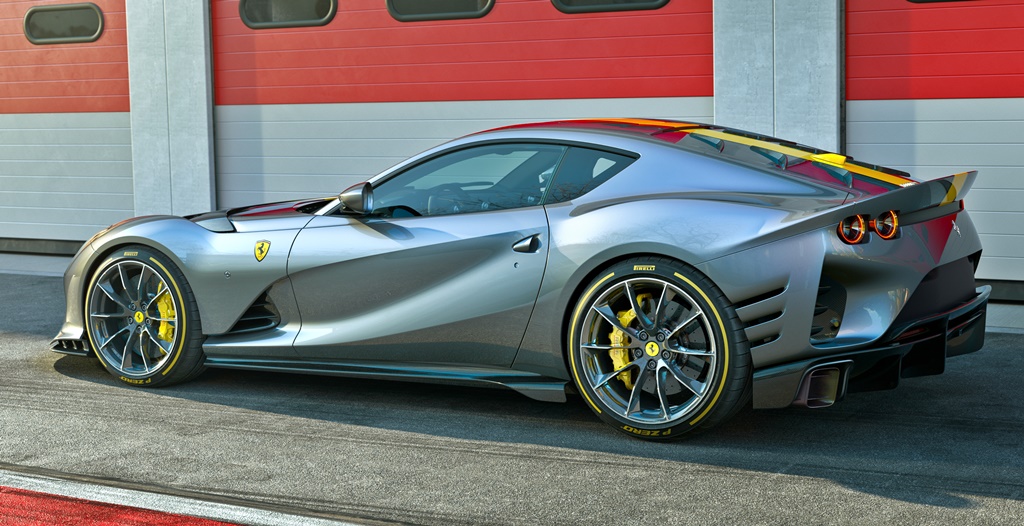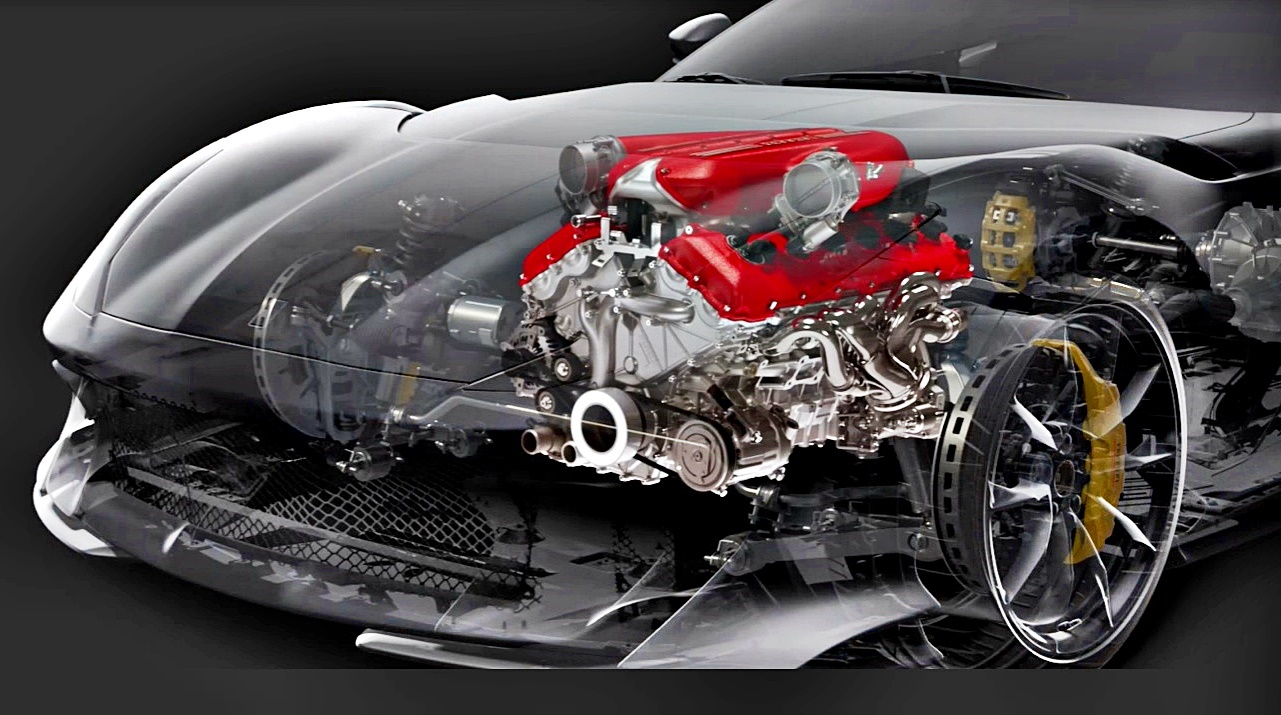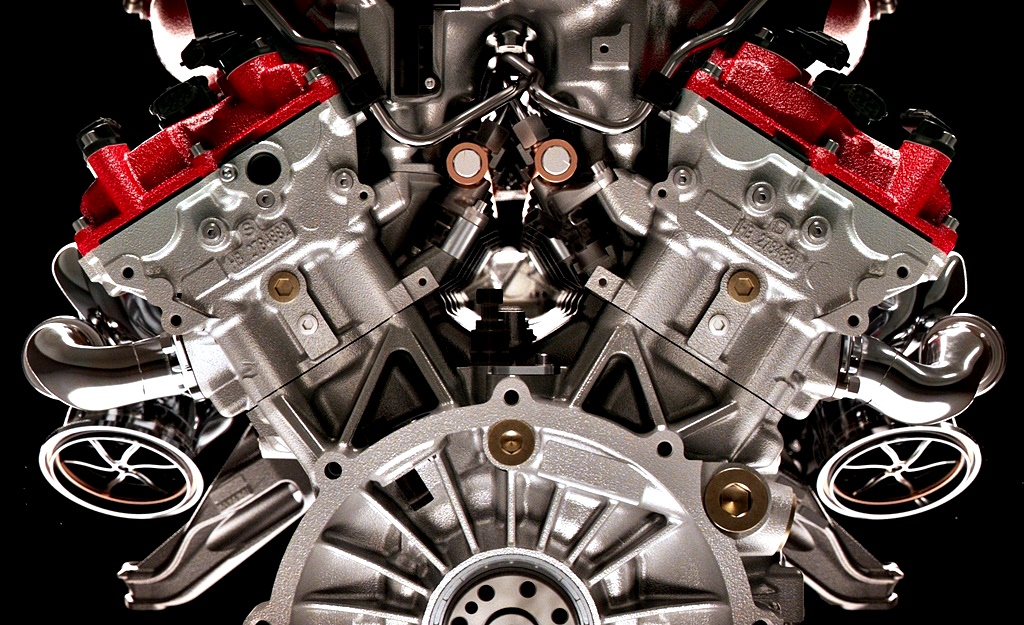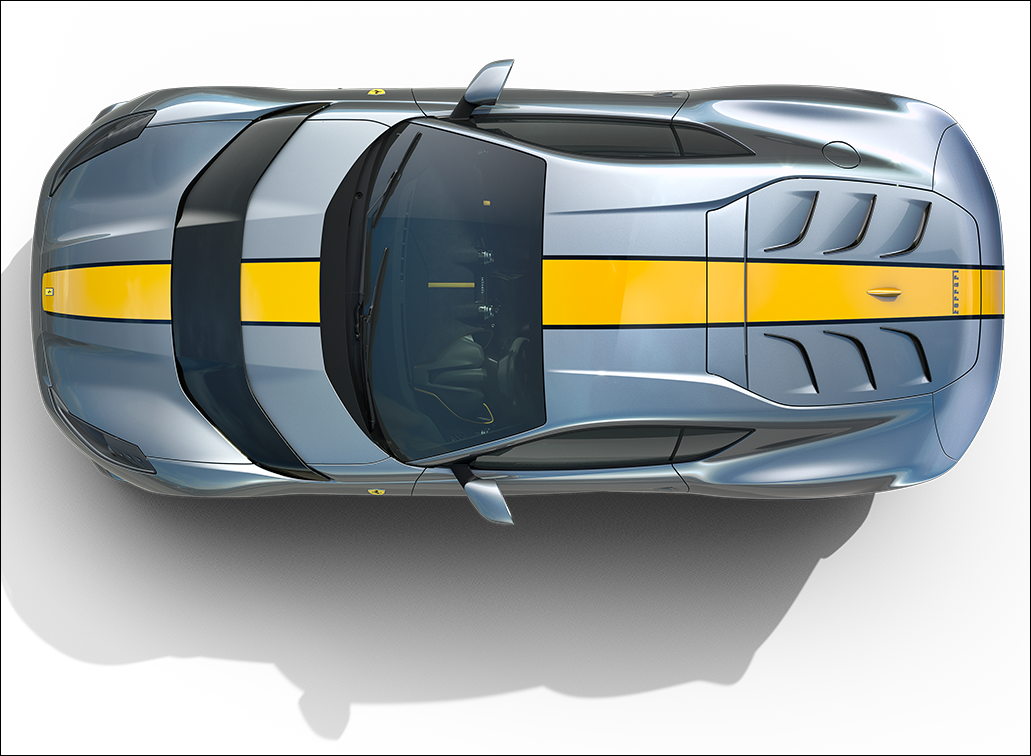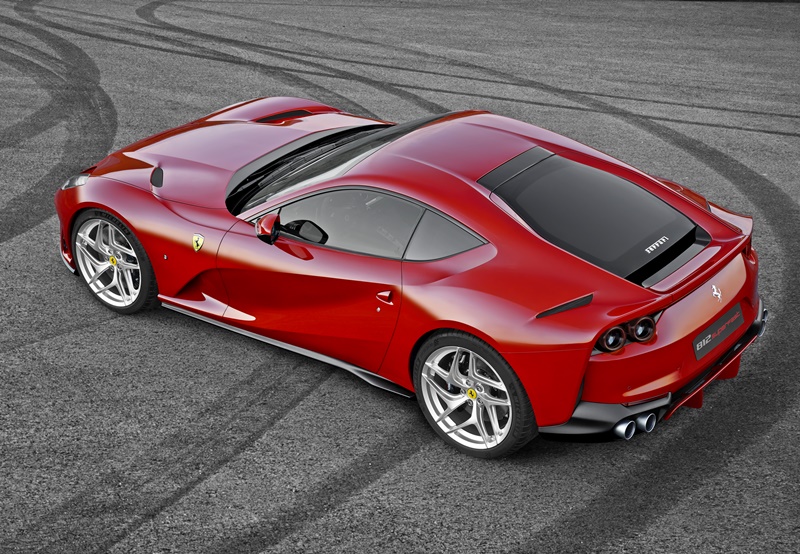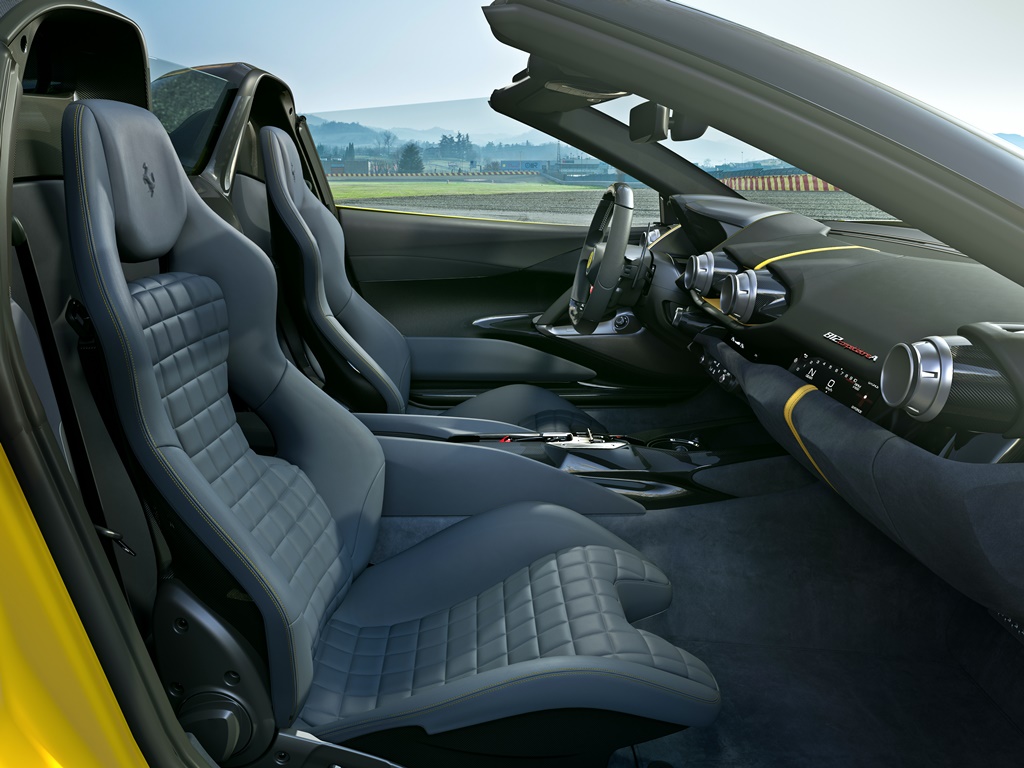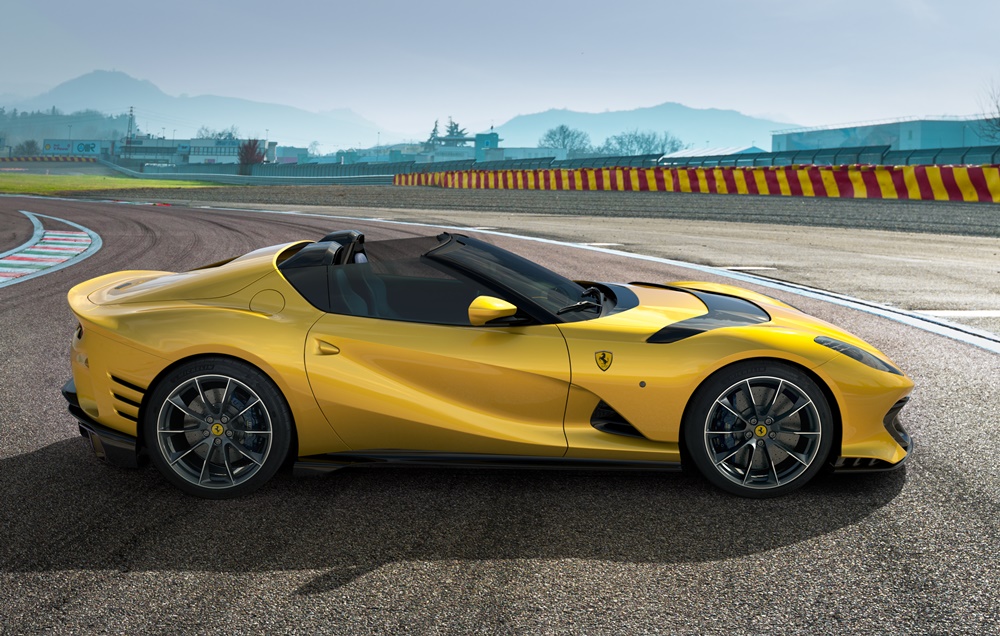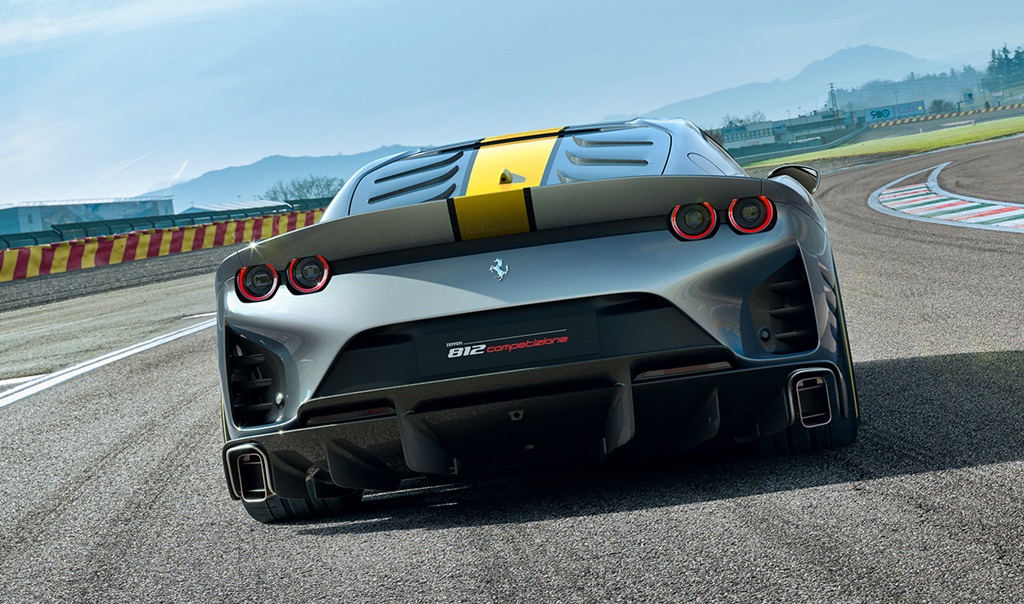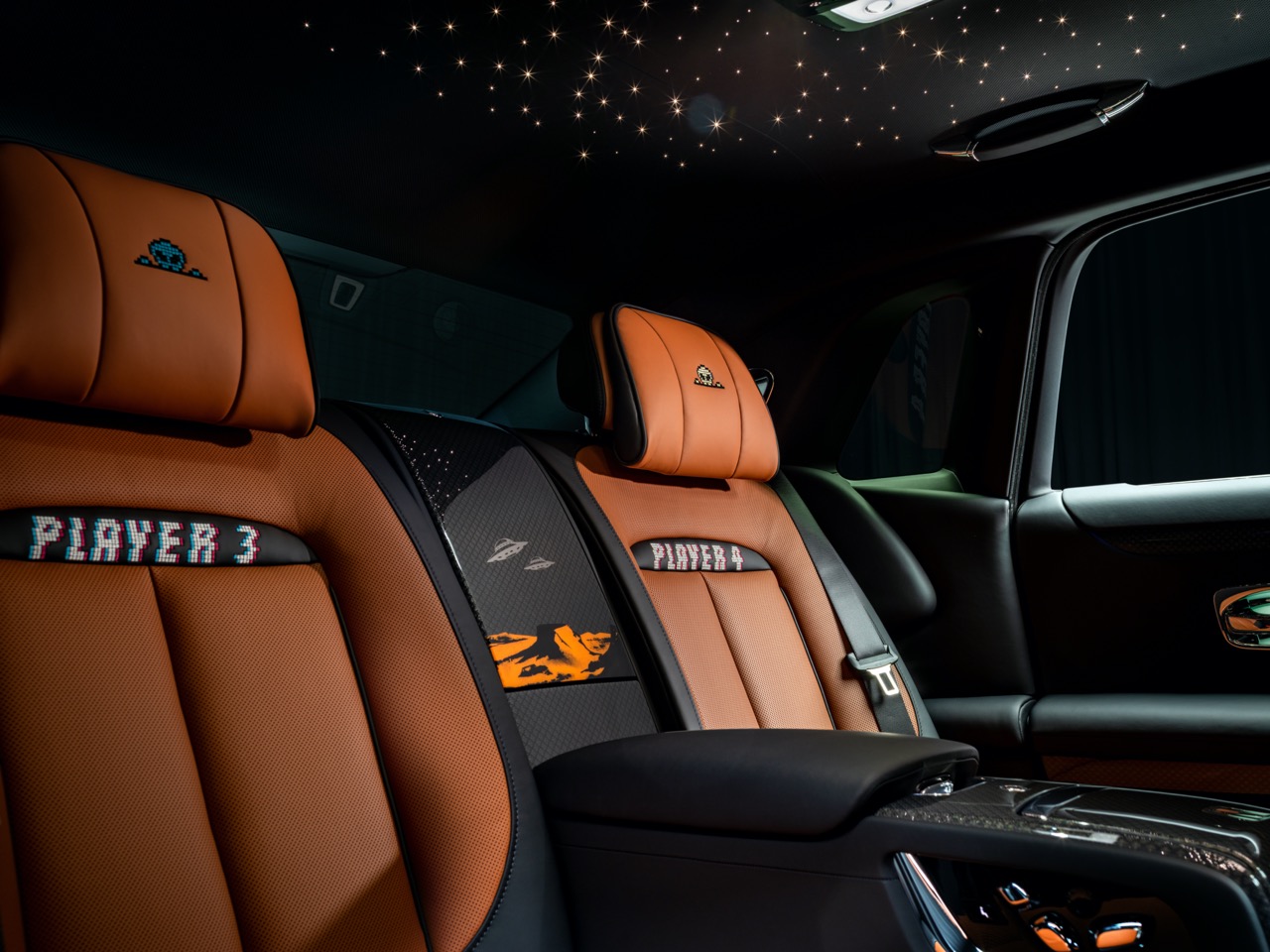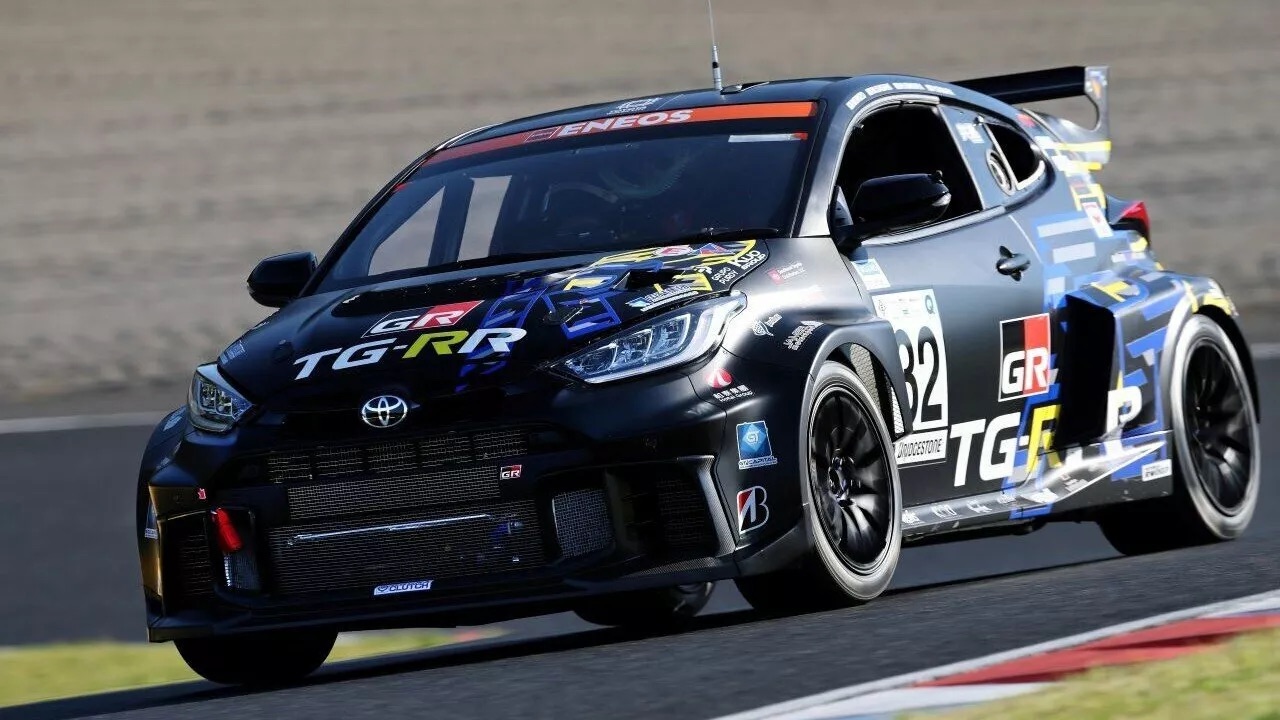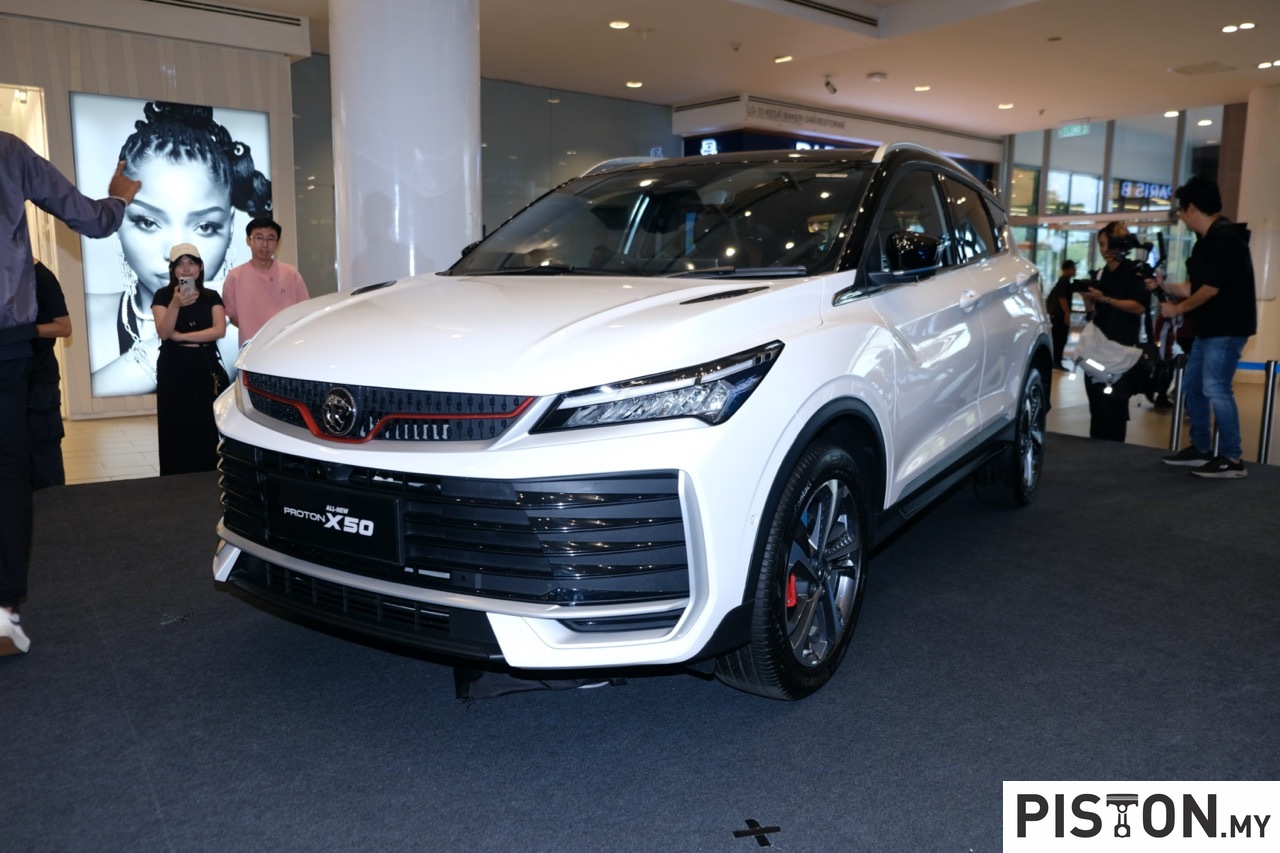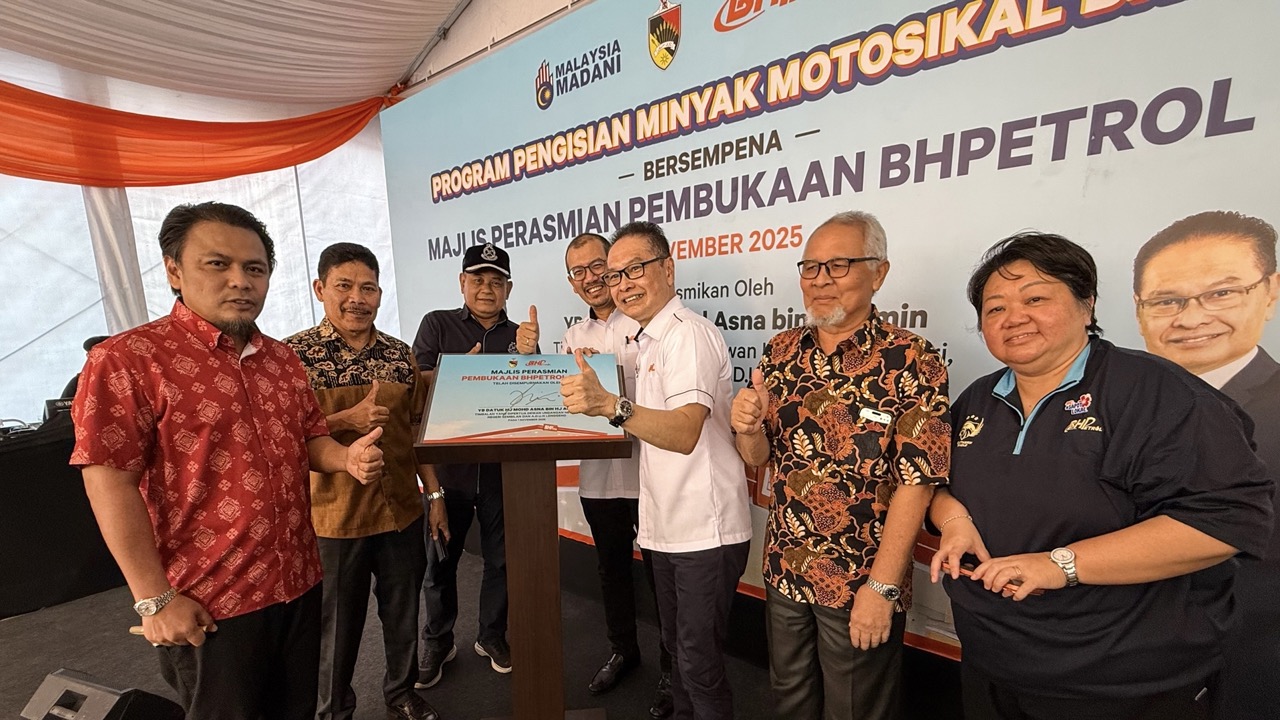For those who still prefer a formal limousine instead of a SAV or SUV, BMW Malaysia offers a new 740Le xDrive M Sport which arrives in Malaysian showrooms this weekend together with the locally-assembled X7 XDrive40i Pure Excellence. Like the X7, the 740Le xDrive M Sport is also assembled in Malaysia at the BMW facility in Kedah, and is priced from RM591,503.05 (without insurance) until June 30, 2021.
The locally-assembled 740Le is differentiated from the CBU version with M Sport treatment. This is largely from the M Sport Aerodynamic Package which includes 19-inch M light alloy wheels in Double-Spoke style 647 M Bicolour, and M Sport brakes. A new striking rocker panel also underlines the sporty appeal of the BMW flagship.
Customers can choose from 4 classic colours for the exterior finish which has the Individual High-gloss Shadow Line. These colours are Mineral White, Carbon Black Metallic, Donington Grey, and Bernina Grey with Amber effect. Depending on the colour chosen, interior themes have Black or Cognac stitching for the exclusive Nappa leather upholstery.
From EfficientDynamics to Electromobility
BMW Group Malaysia has long been a promoter of electrification, a progression from its EfficientDynamics technology which has pursued sustainable mobility since 2007. It has been a leader of electromobility in the market, putting over 20,000 vehicles with hybrid and full electric powertrains on the road, and these include the 7-Series.
394 bhp/600 Nm… but goes 36 kms/litre
For the 740Le xDrive M Sport, the 3-litre in-line 6-cylinder petrol engine is paired with an electric motor which draws energy from a lithium-ion battery pack. The combustion engine produces 286 bhp/450 Nm while the electric motor can generate up to 83 kW (equivalent to 113 hp) with peak torque at 265 Nm.
The combined system output of 394 bhp/600 Nm gives the car a capability of going from standstill to 100 km/h within a claimed 5.1 seconds. The top speed is beyond 250 km/h, but BMW has decided to limit it to that speed.
Such performance, in the past, would have meant rather high consumption. However, with the hybrid powertrain and 8-speed Steptronic transmission delivering power to all four wheels, the claimed fuel consumption is as much as 36 kms/litre.
Interior appropriate for a flagship
As would be expected of a flagship model, the 740Le xDrive M Sport has an elegant interior which is appointed with ‘Fineline’ Fine Wood Trim in Black with High Gloss Metal Effect and the BMW Individual Alcantara Anthracite headliner. A Sky Lounge panorama glass roof is standard with roller sunblinds for the rear side windows to provide privacy.
While it is likely that the owner will spend travelling time mostly in the back, on the occasions when he does drive the car himself, he will find it has a sporty feel with the M-Sport steering wheel and a host of driver assistance systems to make driving safer and more enjoyable. Besides the comprehensive array of meters, there is also a Head-Up Display on the windscreen glass.
As with many BMW models, the 740Le’s ‘command centre’ is the BMW Live Cockpit Professional with a fully-digital 12.3-inch Instrument Display. This is complemented by the BMW Navigation System Professional on a 10.25-inch Control Display. Voice commands and BMW Gesture Control help improve driving safety as the hands need not leave the steering wheel so often.
Standard equipment includes the Rear-seat Entertainment Professional with 10-inch touchscreen monitors mounted on each headrest of the front seat. These monitors can provide personalised entertainment throughout the journey and can also mirror some of the displays from the dashboard panel.
Financing and booking
The 740Le xDrive M Sport can be purchased using one of the financial packages offered by BMW Group Financial Services Malaysia and monthly instalment plans start from RM 6,558.00 (terms and conditions apply). Booking can be done with a deposit of RM5,000 via BMW Shop Online (from May 11, 2021, onwards).
Every owner of the 740Le xDrive M Sport is promised a complete premium ownership experience. This includes peace of mind with a 5-year/unlimited mileage warranty, BMW Roadside Assistance and Accident Hotline and the BMW Group Loyalty+ Mobile App – BMW Privileges Card. BMW Service Online is available and there’s also a Free Scheduled Service Programme.
Locally-assembled BMW X7 xDrive40i Pure Excellence launched today, priced from RM673,323

